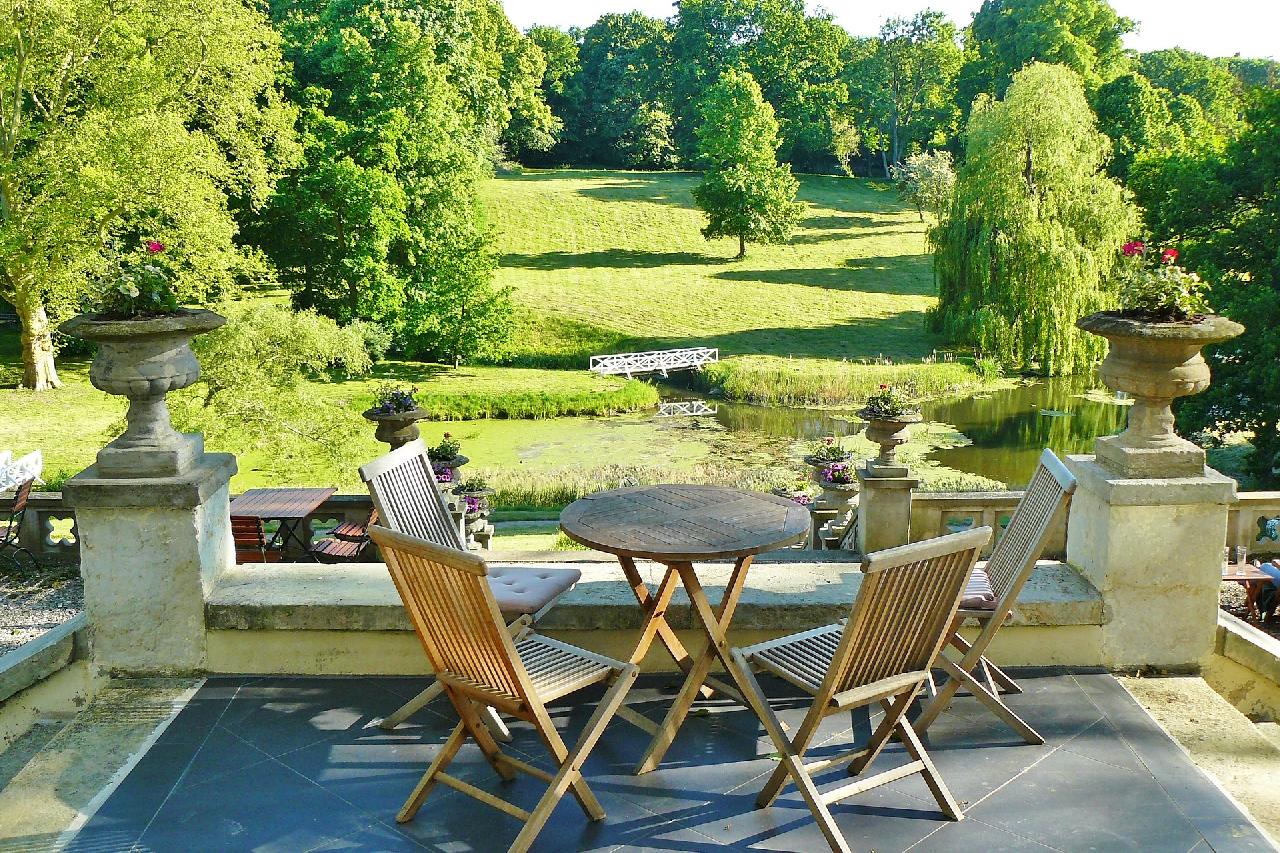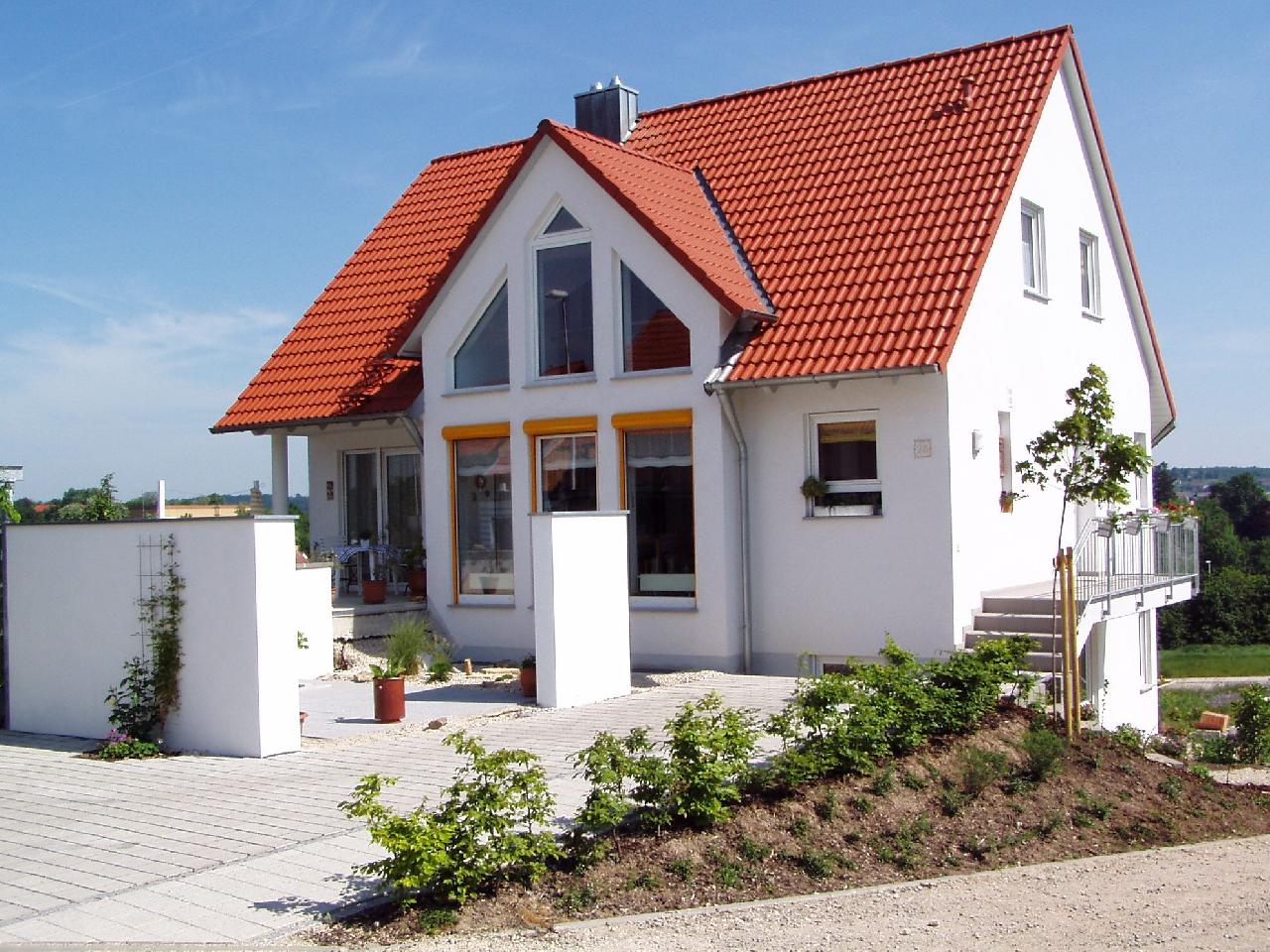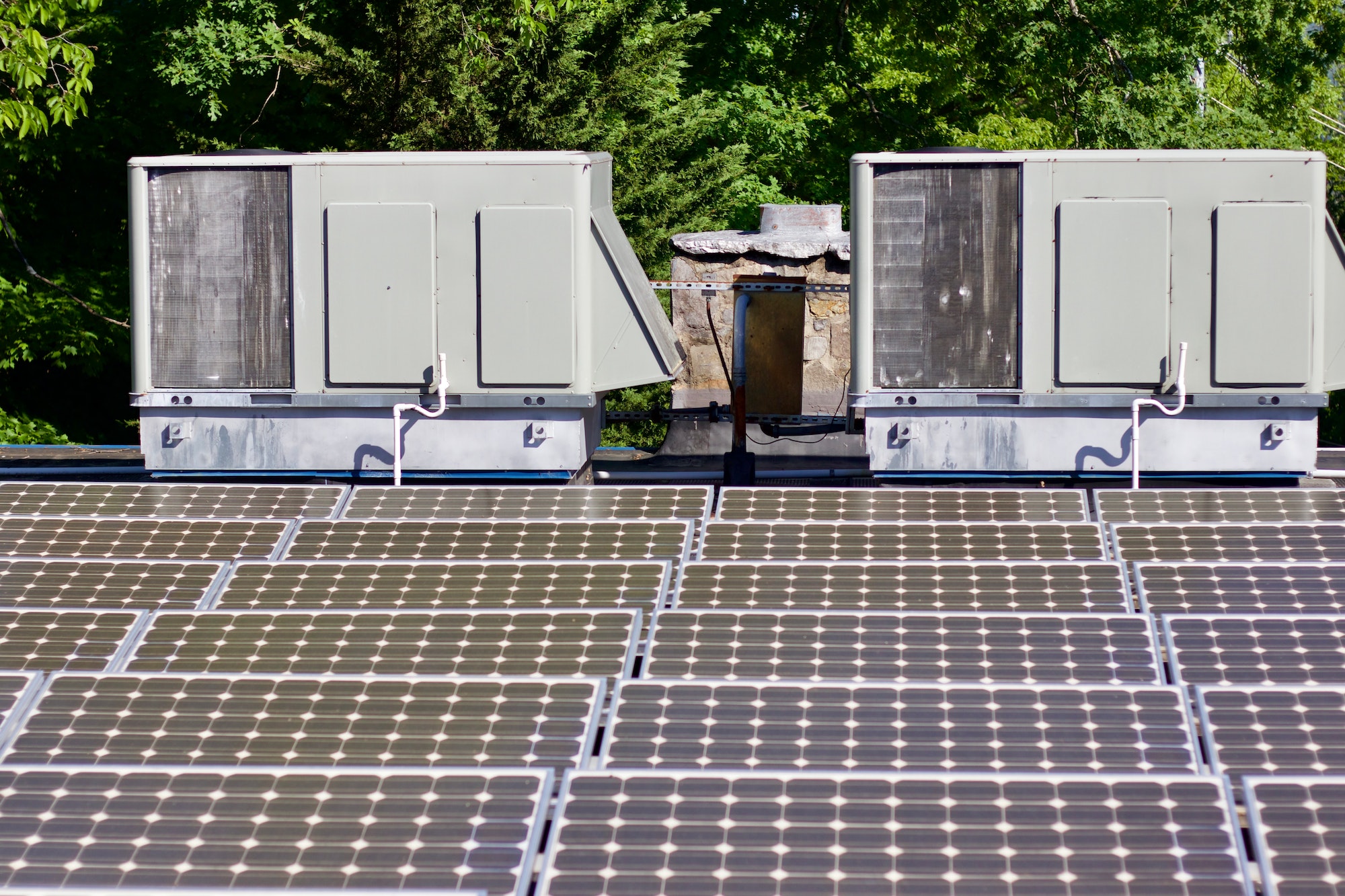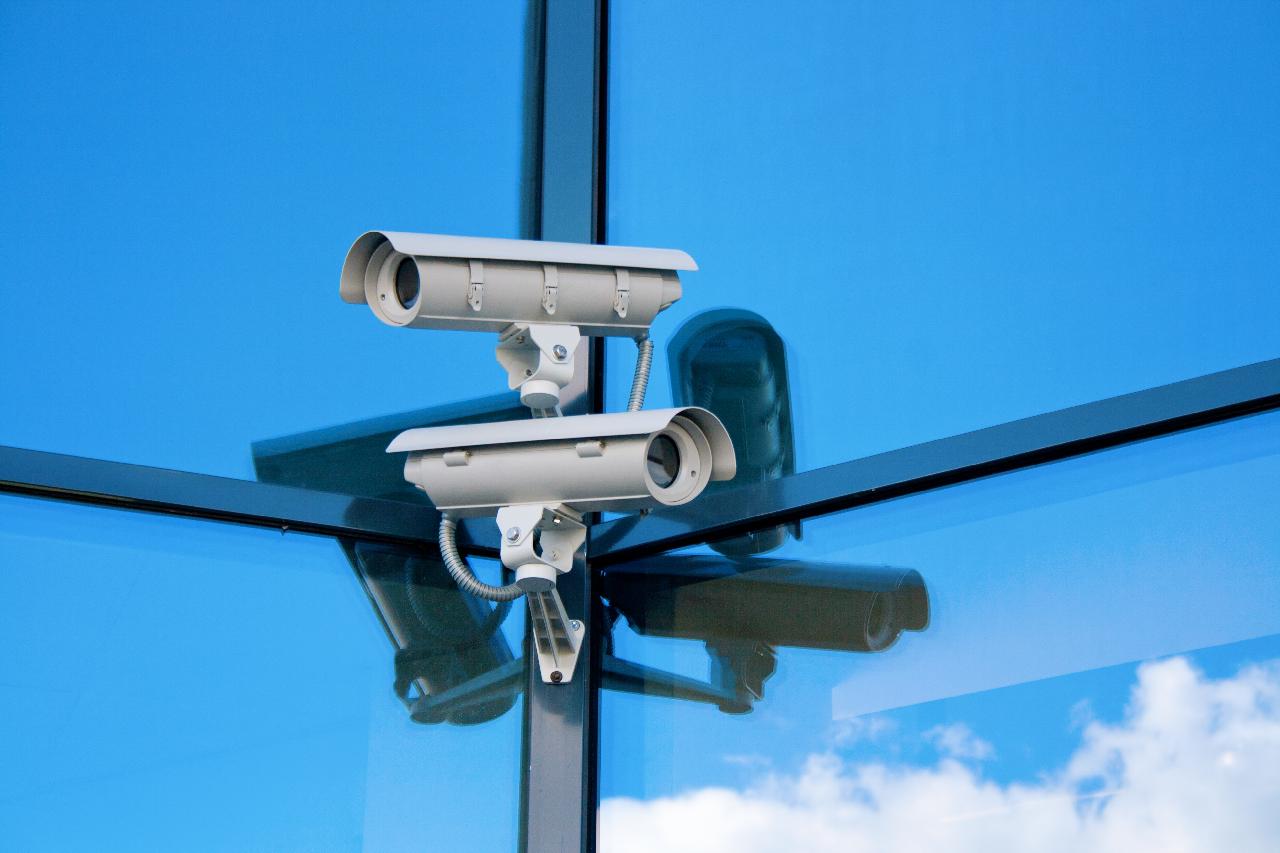Every summer, we are reminded that outdoor patio furniture is an investment that should not be taken lightly. Then again, when those items are subjected to torrential rain, howling winds, and scorching heat, you’ll want to be certain that they can survive the weather throughout the year. That is the most important aspect of any contemporary outdoor furniture: the composition of the materials used.
The reality is that there are a plethora of excellent materials to select from. However, choosing which is the finest relies on criteria such as your lifestyle and geographical region. The information in the next section should be helpful.
Materials for Outdoor Furniture: A Buyer’s Guide
To provide a comprehensive explanation, let us go through the advantages and disadvantages of the many materials that may be found in outdoor furniture:
Teak
Teak is, by far, the most popular wood for outdoor furniture out of all the options available to you. There’s a solid explanation behind this. Teak patio furniture is known for its outstanding natural all-weather performance. Due to its lovely, warm tone, it can resist even the toughest conditions and has an unrivaled visual appeal. Teak has a high oil and natural resin content, which makes it more resistant to insect attack and impervious to water than other woods. Teak is a highly robust and long-lasting commercial patio furniture choice because of the oils that protect it from dry rot and other elements.
When teak wood furniture is brand new, it has a golden-honey brown hue to it. Untreated, teak wood will naturally age into an exquisite patina grey that is both beautiful and functional. (This type of aging has no effect on the strength of the wood, but it may not be the appearance you’re aiming for.) A teak sealant will generally last for a full year before it has to be reapplied in order to prevent the original color from fading.
Synthetic Resin & Plastics
Another excellent material for modern outdoor furniture is synthetic resin, which requires little care, is lightweight, and is highly durable in all weather conditions, making it an excellent choice. In order to achieve the classic outdoor look, traditional synthetic resin outdoor furniture is generally woven in the manner of wicker. Outdoor furniture made of synthetic resin wicker can resist the severe conditions of the outdoors.
Nylon, polyethylene, and polyvinyl chloride (PVC) are some of the most often utilized synthetic materials in the production of synthetic resin wicker. When purchasing a synthetic resin piece of furniture, make certain that the wicker is made of High-Density Polyethylene (HDPE). In comparison to PVC, HDPE is a better grade thermoplastic with greater strength, durability, and heat endurance.
Molded plastics, such as high-grade polyethylene, polypropylene, and other similar materials, are smoother and provide unrivaled sculptural and color possibilities. Furthermore, because they combine excellent durability with a light weight, they make it much easier to move outdoor seats and tables about. It is even possible to include color-changing LEDs into some molded plastic parts because of their hollow structure.
Metals
In the past, wrought iron was prevalent in outdoor settings, but due to its large weight, proclivity to rust, and expensive care requirements, it is no longer used in modern outdoor settings. Aluminum and steel are the most commonly utilized metals for modern outdoor patio furniture these days, with aluminum being the most popular.
Aluminum
Aluminum is extremely adaptable and may be extruded or cast into virtually any form or design. It is a popular choice for outdoor furniture because of its low weight and long-lasting sturdiness. Aluminum patio furniture requires very little upkeep. It does not rust unlike iron or steel once it gets exposed to damp weather or salty outside air. It also does it dry out or break as with most hardwood furniture when revealed to sunlight. The only areas where aluminum outdoor furniture is not recommended are those that are subject to strong winds.
Steel
Steel is the strongest of the metals, but it is also the heaviest and most costly of them all. Steel furniture is more difficult to move about because of its weight, but it will remain more immobile when exposed to the wind. When it comes to outdoor furniture, galvanized or stainless steel are the ideal materials to choose because ordinary steel rusts and corrodes extremely quickly when exposed to the weather.
Galvanizing is the process of applying a zinc coating to steel sheets in order to protect them against corrosion and make them more resistant to water exposure (as long as it is not salt water). Stainless steel, on the other hand, is made by adding chromium to molten steel, making it resistant to rust and capable of withstanding exposure to sea water. As a result, stainless steel is ideal for use in maritime settings. Be aware that steel outdoor furniture, whether galvanized or stainless steel, can rust when exposed to chlorine in the environment. As a result, make certain that any steel poolside furniture has a good, durable powder coat finish to further preserve it.
Fabric
The most comfortable option is upholstered outdoor furniture. It provides the ultimate in relaxation and has a design that may be used indoors as well as outdoors. Outdoor textiles are often constructed of water-resistant synthetic fibers such as vinyl, polyester, acrylic, and other similar materials. They are usually breathable and resistant to fading caused by sunlight, dampness, and other types of environmental harm.
Unless it’s being used as a sling, the amount of weatherproofing an outdoor fabric can provide is primarily influenced by the weather resistance of the fill material used in the fabric. QuickDry foam and other comparable fill materials are designed to accelerate the evaporation and drainage of water while also eliminating mold and mildew problems. Having said that, it is extremely vital not to leave upholstered furniture exposed to the elements throughout the winter.
Concrete
Concrete, which was formerly thought of as a construction element, is now becoming a major design material, particularly in contemporary outdoor furniture. Concrete furniture designs are not only long-lasting and strong, but they are also sleek and aesthetically attractive. Concrete, on the other hand, is heavy, porous, and prone to discoloration by its very nature. Liquids will seep into the surface of the concrete and transfer the stain further into the concrete, while acidic chemicals such as vinegar and lemon juice will dissolve the cement paste, causing the stain to become permanent.
Not all concrete patio furniture, on the other hand, is created equal. There are lighter and more stain-resistant concrete mixes available, as well as natural concrete (which is porous and susceptible to stains and freeze-thaw conditions that cause cracking).
Conclusion
If you want anything made of wood to provide a warm tone to connect your modern patio together, teak is an excellent choice. If you want a sleek design that emphasizes clean lines, such as that seen in metal furniture, then aluminum or stainless steel are the materials to use. If you’re looking for something different, with a cool, industrial feel, cement is a good option to consider. It’s possible that the low-maintenance and lightweight characteristics of synthetic resin are closer to your liking. Alternatively, you may mix and combine elements to create a customized, multi-textured appearance. There is no single “best” outdoor furniture material for everyone; rather, what is ideal for you is determined by your outdoor area and personal design preferences.
Discover more from Futurist Architecture
Subscribe to get the latest posts sent to your email.



